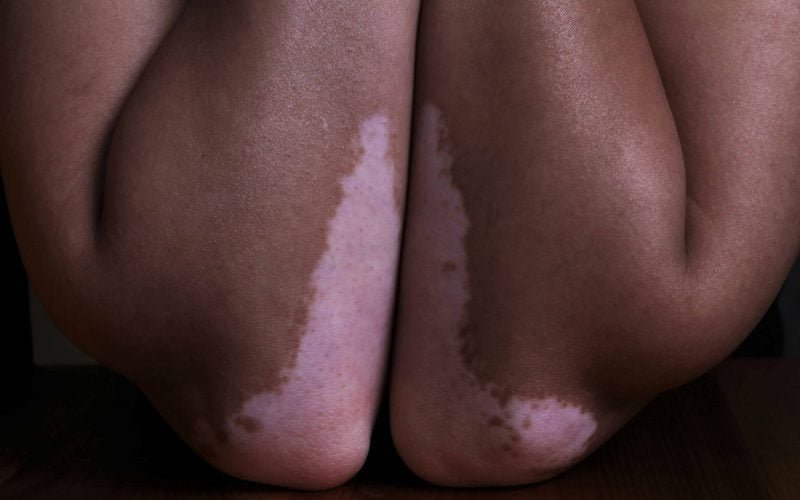Skin cancer risks are escalating globally, making it imperative to understand and address these dangers. This article will explore the factors that increase the likelihood of developing skin cancer and offer strategies to mitigate these risks, enhancing your health protection.
The Stark Reality of Skin Cancer
Acknowledging the prevalence of skin cancer is crucial. Annually, millions of individuals are diagnosed, signifying the importance of awareness and prevention. It’s essential to recognize that skin cancer can often begin as seemingly harmless moles or discolorations. It is this deceptive nature that underscores the need for vigilance and regular skin examinations.
The Sun’s Pervasive Influence
Undeniably, the sun plays a central role in skin cancer development. Ultraviolet (UV) radiation from sunlight is the foremost environmental risk factor. It’s not only the duration but also the intensity of sun exposure that matters. Even short bursts of intense sun can significantly raise the risk, particularly if it results in sunburn. It is therefore imperative to practice consistent sun protection measures, utilizing broad-spectrum sunscreens, seeking shade, and wearing protective clothing.
Genetic Factors and Skin Type Considerations
Genetics and skin type significantly influence skin cancer risks. Individuals with fair skin produce less melanin, the pigment that offers some UV protection, placing them at an increased risk. A family history of skin cancer is also a strong risk factor, indicating a possible genetic susceptibility to the disease.
Beyond Sunlight: Additional Risk Factors
Beyond UV exposure, other elements contribute to skin cancer risk. Artificial sources of UV light, like tanning beds, are proven hazards. Certain chemicals and environmental toxins, as well as some viruses, have been linked to skin cancer. Moreover, a person’s immune status—whether due to immunosuppressive drugs or medical conditions—can heighten susceptibility.
Age and Gender Dynamics in Skin Cancer
Skin cancer risks increase with age due to cumulative sun exposure over time. Men are statistically more likely to develop certain types of skin cancer than women, potentially due to more frequent and prolonged sun exposure. However, women under 50 are more likely to develop melanoma, the deadliest form of skin cancer, than men of the same age group, possibly due to habits such as tanning.
The Role of Lifestyle in Skin Cancer
Lifestyle choices also play a significant role. For instance, tobacco use has been linked with an increased risk of squamous cell carcinoma, a common skin cancer type. Alcohol consumption may also increase the risk by making skin more sensitive to UV light.
Early Detection and Regular Screenings
Early detection of skin cancer dramatically improves the chances of successful treatment. Regular self-examinations for new or changing moles and annual skin checks by a professional are highly recommended. Dermatologists can use a variety of diagnostic tools to detect skin cancer early, when it is most treatable.
Prevention: Your First Line of Defense
Prevention is your most powerful tool in the fight against skin cancer. Sunscreen with a high SPF, protective clothing with UV filters, sunglasses with UV protection, and wide-brimmed hats should become staples in your daily routine. Embrace sun safety not only as a personal practice but also as a community initiative to spread awareness.
Conclusion
Comprehending skin cancer risks is a multifaceted endeavor. By addressing each risk factor with informed, proactive measures, individuals can significantly reduce their vulnerability to skin cancer. Adopting a sun-smart lifestyle, staying informed about the latest research, and engaging with healthcare professionals for regular screenings are all essential strategies in protecting your health against the threat of skin cancer.
Armed with this knowledge and an array of preventative tools, each of us can take steps to defend against the pervasive risk of skin cancer and ensure our health remains a top priority.





